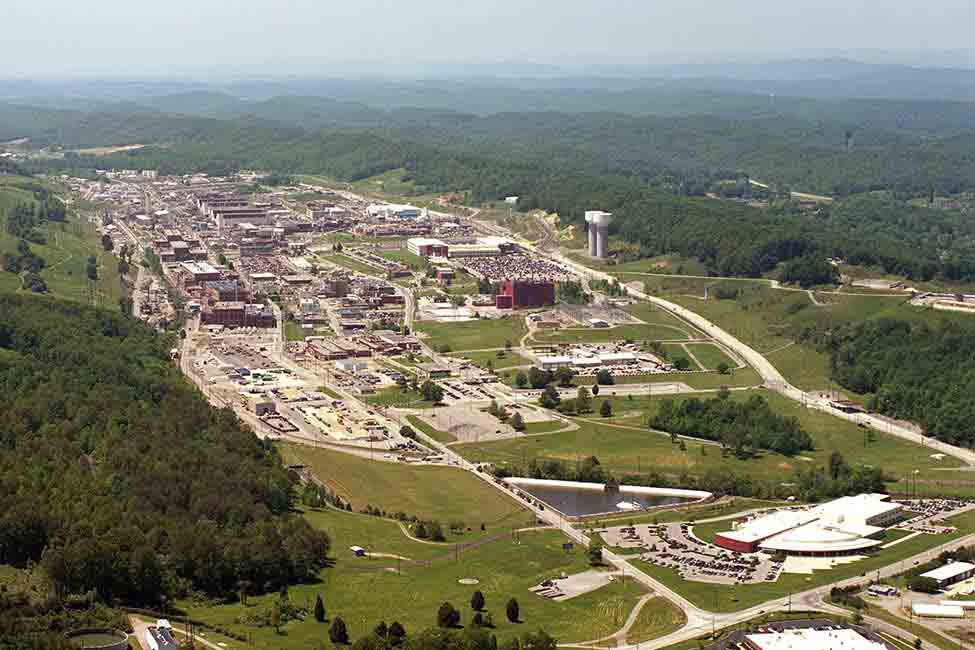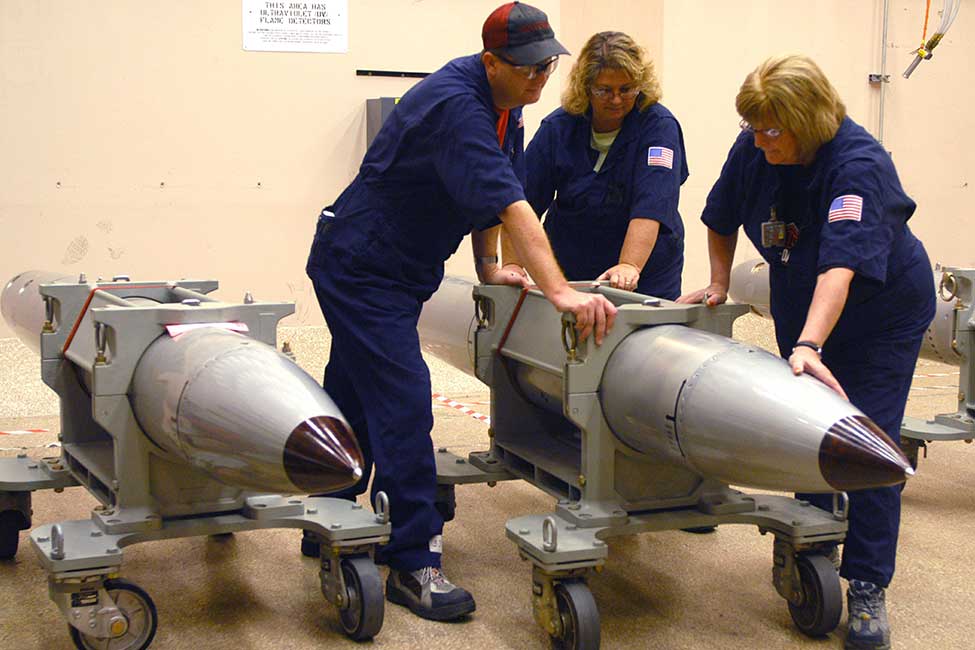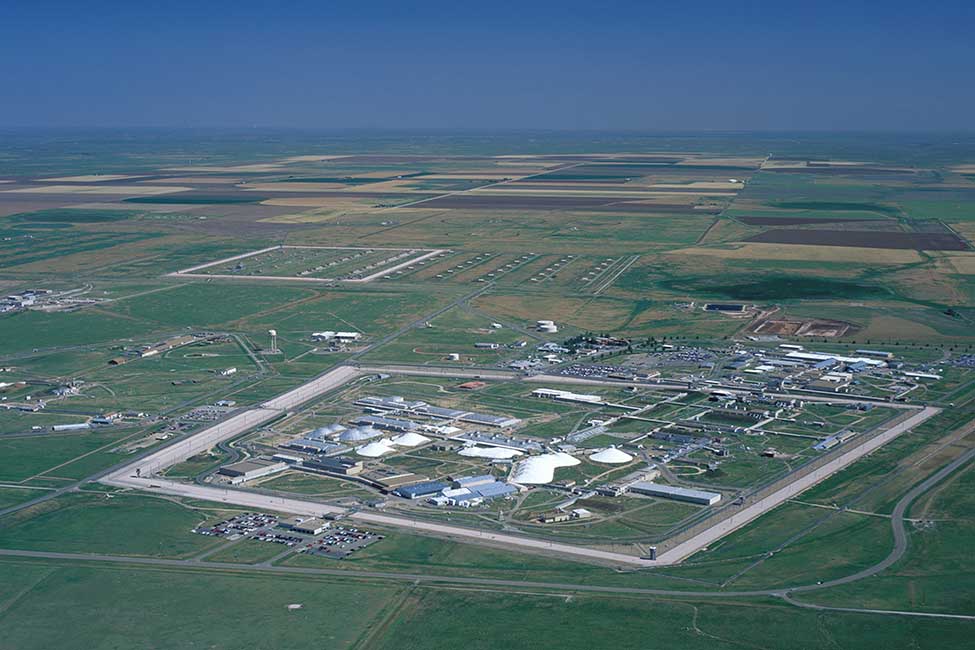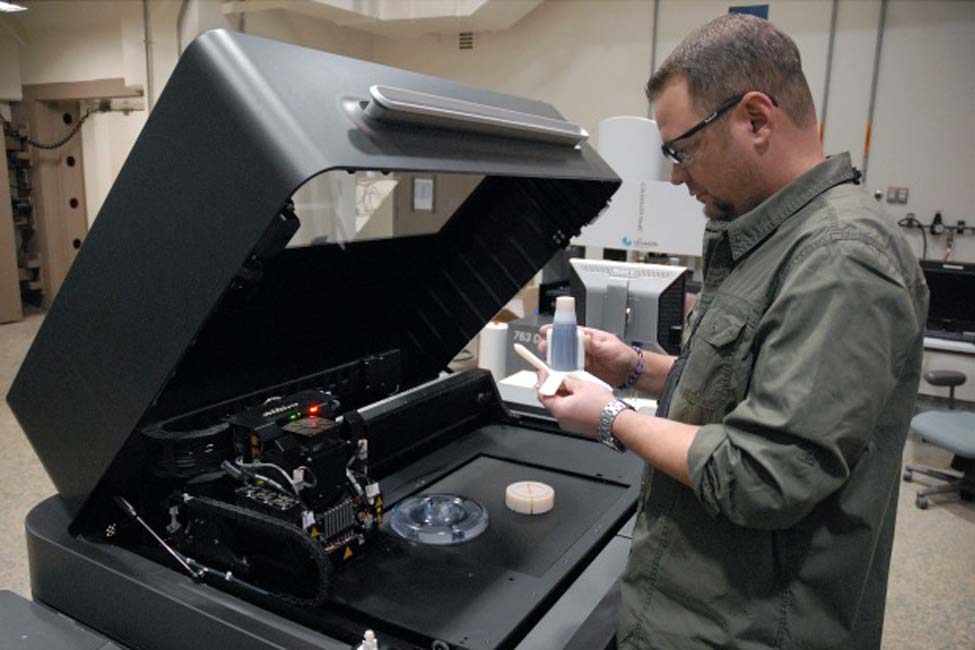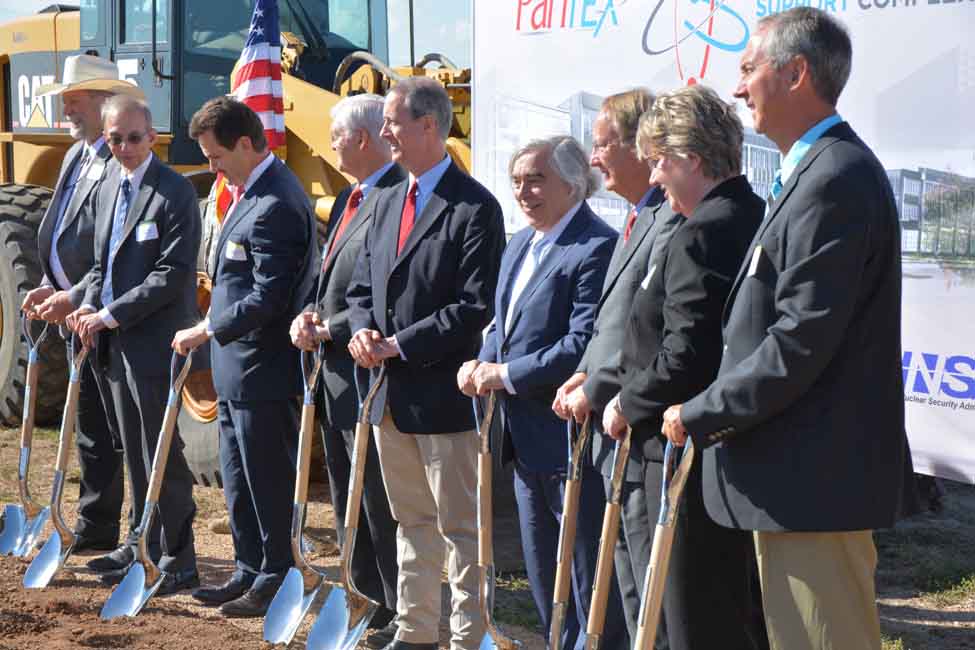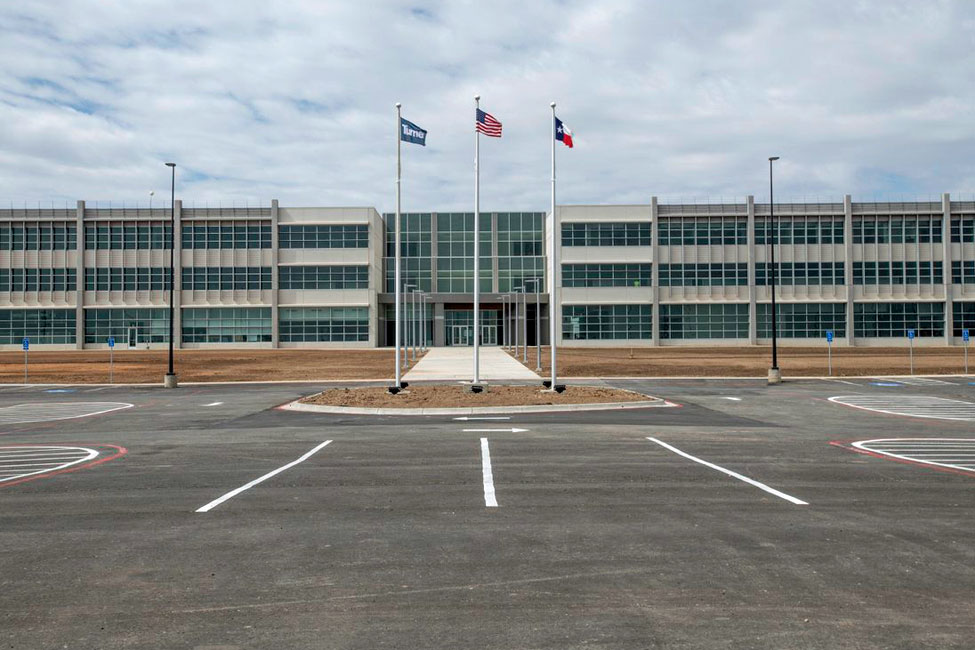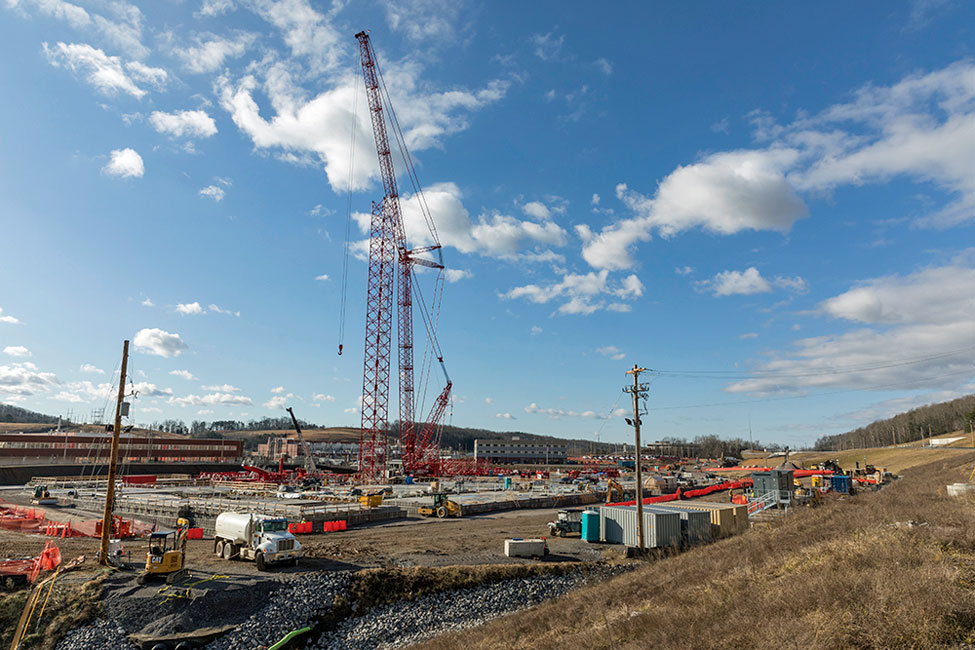The U.S. Department of Energy's (DOE) National Nuclear Security Administration (NNSA) saw an opportunity to streamline two of the nation’s more critical nuclear defense sites: the Y-12 National Security Complex in Tennessee and the Pantex Plant in Texas. By operating these facilities under a consolidated contract the DOE would benefit from eliminating duplicate systems and processes, and save money throughout the enterprise to reinvest in upgrading facilities that have been in use since the 1940s and 1950s, respectfully.
A Bechtel-led partnership was selected in 2014 to manage and operate the sites under a consolidated contract for the NNSA.
The team, Consolidated Nuclear Security LLC (CNS), improved performance at both facilities, while ensuring an uncompromising focus on safety, security, quality, and cost-effectiveness. CNS accomplished this efficiency by implementing shared business systems, innovative solutions, and applying lessons learned.
By 2020 the government had validated more than $750 million in cost savings, generating millions to fund site infrastructure improvements implemented by CNS. The funds are being reinvested in much-needed repairs and upgraded infrastructure at Y-12 and Pantex improving the safety and quality of life for employees.
The infrastructure transformation at both Y-12 and Pantex has made significant progress including the Uranium Processing Facility (UPF) at Y-12; the John C. Drummond administrative building and High Explosives Pressing Facility at Pantex; and numerous technology demonstration facilities. We have also significantly improved maintenance at both sites, enabling more predictable production performance.
NNSA awarded a two-year contract extension to CNS in early 2018.
Bechtel's partners in Consolidated Nuclear Security are Leidos, Orbital ATK Inc., and SOC LLC. Booz Allen Hamilton, Inc. is a teaming subcontractor.


